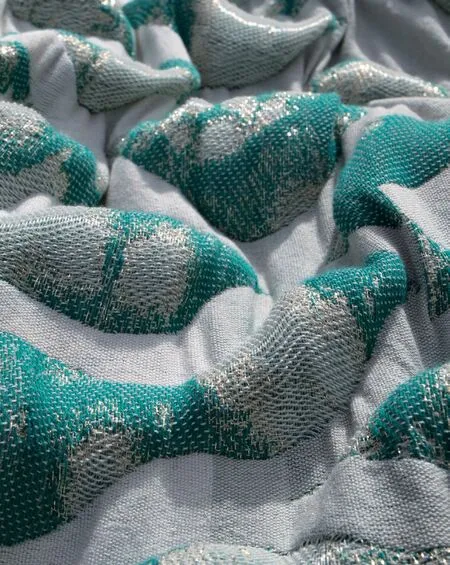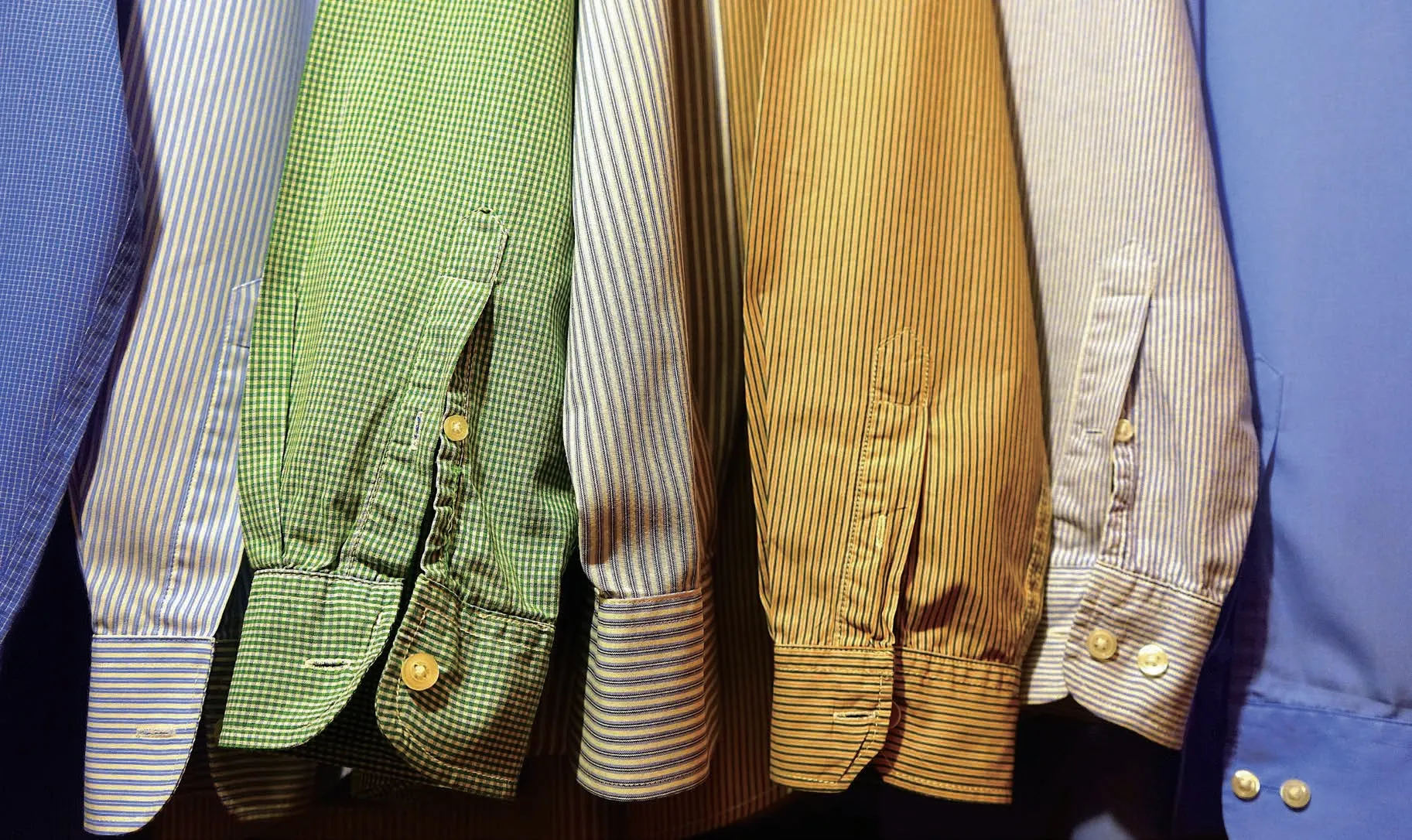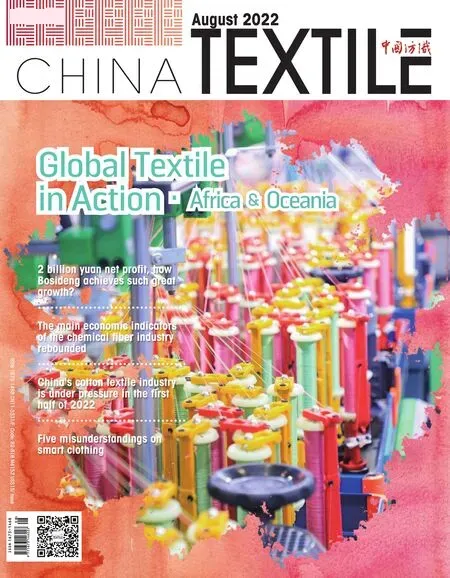Ethiopia's path to becoming the next textile hub blocked
By Zhao Xinhua

EEthiopia’s industrial categories are not complete, the structure is not reasonable, the components rely on imports. Manufacturing sector is mainly food, beverage, textile, leather processing. Ethiopia is one of the countries with the largest number of animal husbandry in the world and has a great advantage in the leather industry. With 3 million hectares of land suitable for cotton cultivation, Ethiopia has a rich history of spinning and weaving. Although Ethiopia’s textile industry has attracted investors in recent years, Ethiopia’s textile and garment industry is still in its infancy, with only more than 100 textile and garment enterprises, mainly small and medium—sized enterprises. However, with the promotion of the Ethiopian govern—ment, the textile and garment industry has become the focus of the introduction of foreign direct investment, export promotion and the overall industrial development plan.
Ethiopia has set up 19 textile and garment industrial parks and introduced a series of preferential policies to encourage foreign invest—ment and create a large number of employment opportunities. Ben—ef iting from high quality raw materials, abundant labor and low wages,parts processing enterprises from Southeast Asia have migrated to Africa to reduce costs and improve the competitive advantage. Some of them are well—known enterprises, and they have realized the integra—tion of textile vertical industry chain relying on international well—known enterprises. About 50 percent of the textile and garment projects are wholly or partially funded by Chinese enterprises.
China is Ethiopia’s top source of investment and trading partner. Bilateral relations, especially economic and trade coopera—tion, are developing rapidly. Africa has also become a key market for Chinese textile enterprises to “go global”, as the comparative advantage of the global garment industry is further tilted to Af—rica, and shoes and garments produced by Chinese enterprises in Ethiopia enjoy zero—tariff policy when exported to Europe and the United States. More than 20 textile enterprises, such as Wuxi First Cotton Mill, Jiangsu Sunshine Group, Wuxi Jinmao Co., Ltd. and Shangtex, have chosen Ethiopia’s industrial parks as an important production base. Many domestic textile enterprises gradually in—crease their industrial transfer eff orts to Ethiopia and Kenya, which also makes Ethiopia and Kenya become potential markets for tex—tile machinery enterprises to focus on.


Ethiopia has an enormous export potential in the textile and garment industry which is growing annually at about an average of 25 percent in the decade 2009—2019. The main export products are garments, yarns, textile fabrics and cultural garments. Th e companies in the textile and garment sector are exporting USD 172 million to the United States and European market destinations in 2019. Th e export of textile and apparel to the U.S. market has reached USD 261.355 million in 2021, with apparel accounting for 99.8 percent.
Th e textile and garment industry is positioning itself for massive growth in the future targeting to reach USD 2.4 billion in 2022 according to the Ten Years Development Plan of Ethiopia. However, the recent political instability in Ethiopia to a certain extent hindered the development of Ethiopia’s textile and garment industry. The turbulent situation has caused investors to lack conf idence in Ethio—pia’s future and a large number of foreign capital chose to withdraw. For Chinese enterprises, the shutdown means signif icant economic losses.
Earlier this year, the United States removed Ethiopia from the African Growth and Opportunity Act (AGOA), and its exports to the United States no longer receive preferen—tial trade benef its such as tax exemptions. AGOA member—ship means hundreds of millions of dollars worth of favor—able market access for Ethiopia. In addition to more than 5,000 items that are already duty—free, AGOA off ers eligi—ble countries duty—free access to the U.S. market for more than 1,800 items. Th e U.S. decision to suspend Ethiopia’s trade benefits affects the country’s textile and apparel industry, which supplies global fashion brands, with duty—free exports of USD 722 million worth of garments to the U.S. from 2000 to 2020, according to the Offi ce of Tex—tiles and Apparel (OTEXA). Now, U.S. retailers that source from Ethiopia may turn to West African countries. Th e U.S.move puts more pressure on Ethiopia’s economy, which is reeling from civil war, pandemic and high inf lation.
In its World Economic Outlook released last October,the International Monetary Fund said Ethiopia’s economy is expected to grow by just 2 percent in 2021, after sustained high growth of more than 10 percent before the pandemic.Th ere is also no growth forecast for 2022 to 2026, citing an“unusually high degree of uncertainty”.
Ethiopia expressed dissatisfaction with the U.S. decision and asked the United States to reconsider the cancellation.The Ethiopian Government is currently undertaking vari—ous initiatives aimed at bringing peace and stability, political consensus and economic development. A stable political and economic environment is certainly more attractive to inter—national players. At the same time, as an important country along the Belt and Road and a pilot and demonstration coun—try in the production capacity cooperation between China and Africa, Ethiopia will continue to deepen trade cooperation with Chinese enterprises and look forward to further development of cooperation between China and African countries.

